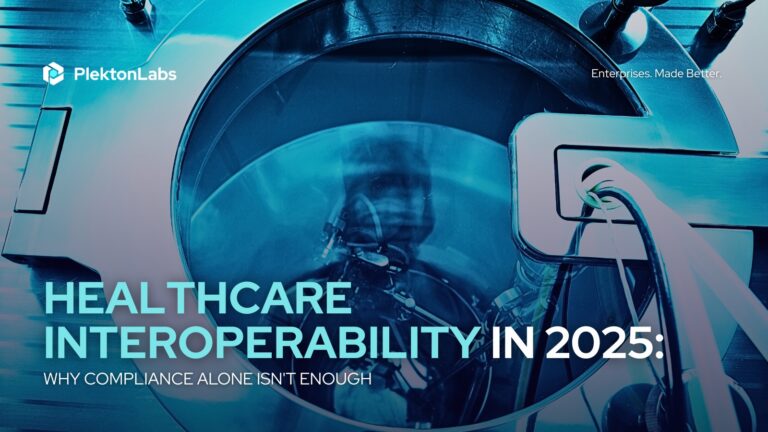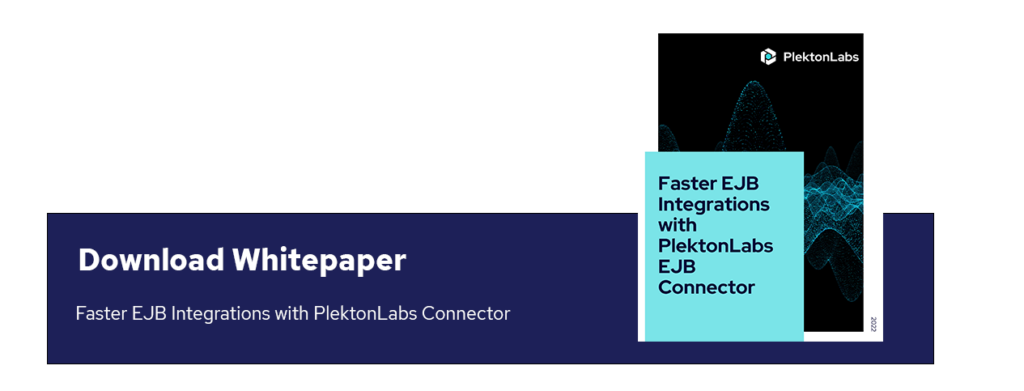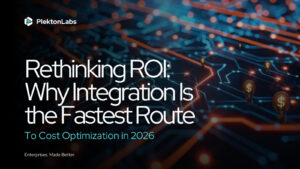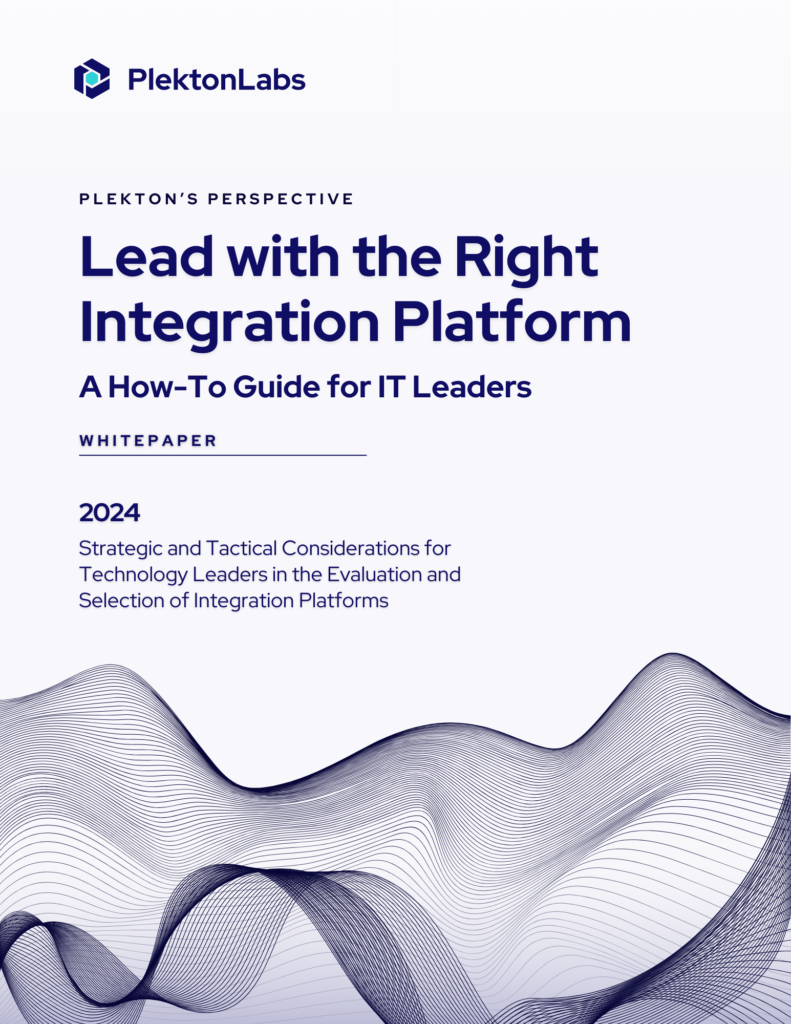Compliance Isn’t the Finish Line
Healthcare has spent years chasing compliance: FHIR. HIPAA. HL7. EHR mandates.
But in 2025, being compliant isn’t the same as being connected, and it’s definitely not the same as being competitive.
Interoperability isn’t a checkbox. It’s an enabler of real-time care coordination, faster patient intake, cleaner billing, and smarter devices. Yet most software vendors and health systems are stuck at the starting line, technically “compliant” but still functionally fragmented.
Let’s break down why that’s costing the Healthcare industry real money, real time, and real outcomes.
The Gap Between Compliance and Connection
Think of it this way:
Compliance = having a passport.
Interoperability = actually getting on the plane, arriving, and doing something valuable when you land.
Here’s what we see on the ground:
- FHIR is “enabled” but limited to static data sharing..
- EHRs allow export, but clinical teams still fax referrals
- Remote devices collect critical vitals, but the data lives in silos.
- Vendor APIs exist, but require complex workarounds to sync
Being “FHIR-ready” doesn’t mean your systems work in real time.
Interoperability is about orchestration, context, and action, not checklists.
What’s Fueling the Shift?
The regulatory environment is evolving fast.
- By 2027, CMS will require real-time payer-provider data exchange, further pressuring software vendors and health systems to modernize their APIs and backend sync logic. (CMS.gov)
- New rules demand cross-systems data visibility at the point of care. Interoperability must happen between EHRs, payers, HIEs, and cloud services, not just within a single ecosystem.
These aren’t technical updates. There are shifts in how care is delivered, reimbursement is managed, and value is measured.
What Healthcare Software Companies Are Up Against
If you’re building or scaling a digital health platform, clinical support tool, or remote monitoring tool, here’s what you’re navigating:
- Integration with one or more EHRs (Epic, Cerner, Athena, etc.)
- Bi-directional APIs for scheduling, referrals, and care plans
- Device-level interoperability with ISO/IEEE 11073 – compliant tools
- Data normalization across providers and payers
- Real-time data sync for care coordination and revenue cycle.
If one connection fails, your whole value prop collapses.
What Real Interoperability Looks Like
At PlektonLabs, we define true healthcare interoperability as this:
The ability to transmit and act on real-time clinical data – across platforms, vendors, care settings, and teams – without disruption.
It’s not just about “can we move the data?”
It’s about:
- Speed – Can a nurse see patient vitals as they are streamed from a device?
- Context – Can a claims team view encounter data in a single pane?
- Integrity – Can a care manager trust the information without re-entry?
Why It Matters Now
Disconnected systems create real damage:
- Delayed diagnoses
- Reimbursement lags
- Staff burnout
- Abandoned health apps
- Fragmented analytics
And for software vendors, integration friction kills product stickiness.
The cost of disconnection is real. And it’s rising.
Compliance might keep you out of legal trouble, but interoperability is what makes your product valuable.
If you’re committed to improving outcomes, user experience, and market reach – don’t stop at the framework.
Build the flow.




